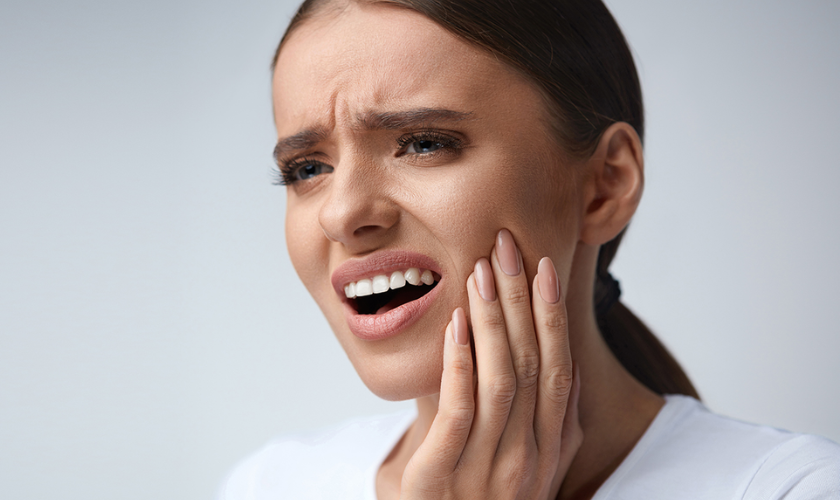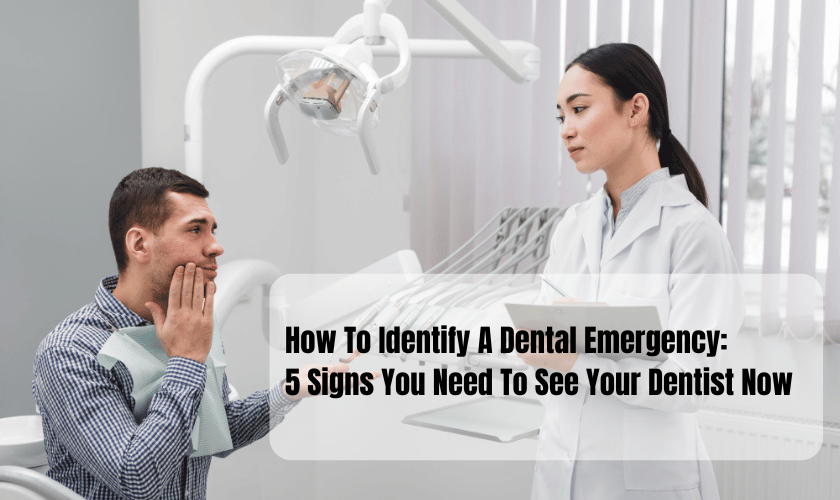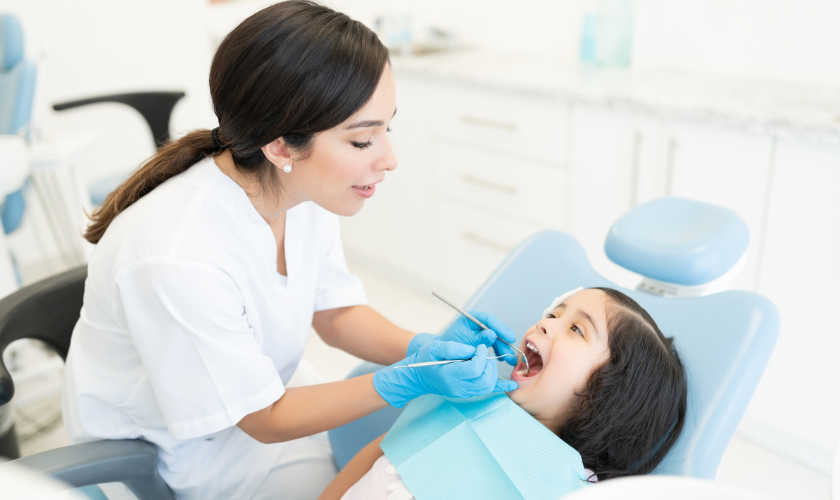Dental emergencies can strike without warning, leaving you in pain and unsure of what to do next. Whether it’s a throbbing toothache in the middle of the night or a knocked-out tooth from an unexpected accident, knowing how to respond promptly and effectively can make a significant difference in the outcome. This guide aims to equip you with the knowledge and confidence to handle dental crises, ensuring you can protect your oral health even in the most stressful situations.
In this blog, we’ll explore various types of dental emergencies, from the common to the more severe, and provide step-by-step instructions on how to manage each situation. With the right information at your fingertips, you’ll be better prepared to take swift action, reduce pain, and minimize potential damage until you can see a dentist.
Understanding Dental Emergencies
Dental emergencies can encompass a wide range of issues, but they generally fall into two main categories: urgent and non-urgent. Urgent dental emergencies require immediate attention and include severe pain, bleeding, or trauma, while non-urgent situations might include minor chips or mild tooth sensitivity.
Common Types of Dental Emergencies
- Toothache
- Chipped or Broken Tooth
- Knocked-Out Tooth
- Lost Filling or Crown
- Abscessed Tooth
- Soft Tissue Injuries
Let’s delve into each type and discuss the appropriate steps to take.
What to Do in a Dental Crisis
Toothache
A toothache can be a sign of various underlying issues, such as tooth decay, infection, or gum disease. Here’s how to manage it:
- Rinse Your Mouth: Use warm water to rinse your mouth thoroughly. This can help clean out any debris that might be causing irritation.
- Floss Gently: Carefully floss around the affected tooth to remove any trapped food particles.
- Pain Relief: Over-the-counter pain relievers like ibuprofen can help manage the pain. Avoid placing aspirin directly on the tooth or gums, as it can cause burns.
- Cold Compress: Apply a cold compress to the outside of your cheek to reduce swelling and numb the pain.
- See a Dentist: Schedule an appointment as soon as possible to address the underlying issue.
Chipped or Broken Tooth
A chipped or broken tooth can vary in severity. Here’s what you should do:
- Save the Pieces: Rinse any broken pieces of the tooth and keep them in a safe place.
- Rinse Your Mouth: Clean your mouth with warm water.
- Stop Bleeding: If there’s bleeding, apply gauze to the area and press down gently until it stops.
- Cold Compress: Use a cold compress on your cheek to minimize swelling.
- Protect the Tooth: If the break has left a sharp or jagged edge, cover it with dental wax or sugarless gum to protect your tongue and cheek.
- Visit Your Dentist: An immediate visit to the dentist is essential to prevent further damage and discuss restorative options.
Knocked-Out Tooth
A knocked-out tooth is one of the most urgent dental emergencies. Quick action can potentially save the tooth:
- Handle with Care: Hold the tooth by the crown (the part you chew with), not the root.
- Rinse Gently: Rinse the tooth with water if it’s dirty, but do not scrub or remove any attached tissue fragments.
- Reinsert the Tooth: Try to place the tooth back into its socket gently. If this isn’t possible, keep the tooth moist by placing it in a container of milk or a tooth preservation product.
- Act Fast: Get to your dentist within 30 minutes to increase the chances of saving the tooth.
Lost Filling or Crown
A lost filling or crown can expose sensitive areas of your tooth and lead to discomfort:
- Temporary Fix: Use dental cement, available at most drugstores, to temporarily reattach the crown or protect the tooth.
- Avoid Sticky Foods: Until you see your dentist, avoid eating sticky or hard foods that could cause further damage.
- Visit Your Dentist: Schedule an appointment promptly to get a permanent solution.
Abscessed Tooth
An abscessed tooth is a serious infection that occurs at the root of a tooth or between the gum and a tooth:
- Rinse with Salt Water: Rinse your mouth with a mild saltwater solution several times a day to reduce pain and draw out pus.
- Pain Relief: Take over-the-counter pain relievers to manage pain.
- See a Dentist Immediately: An abscess can spread infection to other parts of your body if left untreated, so urgent dental care is necessary.
Soft Tissue Injuries
Injuries to the soft tissues of the mouth, including the tongue, cheeks, gums, and lips, can often result in bleeding:
- Rinse Your Mouth: Clean the area with a saltwater solution.
- Stop the Bleeding: Apply a moist piece of gauze or a tea bag to the bleeding site and hold it in place for 15-20 minutes.
- Cold Compress: Reduce swelling and pain with a cold compress on the outside of the mouth.
- Seek Medical Attention: If the bleeding doesn’t stop, visit the emergency room or see your dentist.
Preventing Dental Emergencies
While not all dental emergencies can be prevented, you can reduce the risk by following these tips:
- Regular Check-ups: Visit your dentist for regular check-ups and cleanings to catch potential issues early.
- Good Oral Hygiene: Brush twice a day, floss daily, and use an antiseptic mouthwash.
- Wear Protective Gear: Use a mouthguard during sports and recreational activities.
- Avoid Hard Foods: Be cautious with hard foods like nuts and candies that can crack your teeth.
- Don’t Use Teeth as Tools: Avoid using your teeth to open bottles or packages.
Dealing with a dental emergency can be daunting, but being prepared with the right knowledge can help you manage the situation calmly and effectively. Remember, prompt action and seeking professional dental care are crucial in minimizing damage and ensuring the best possible outcome. By understanding the steps to take during various dental crises, you can protect your smile and alleviate pain more efficiently.




